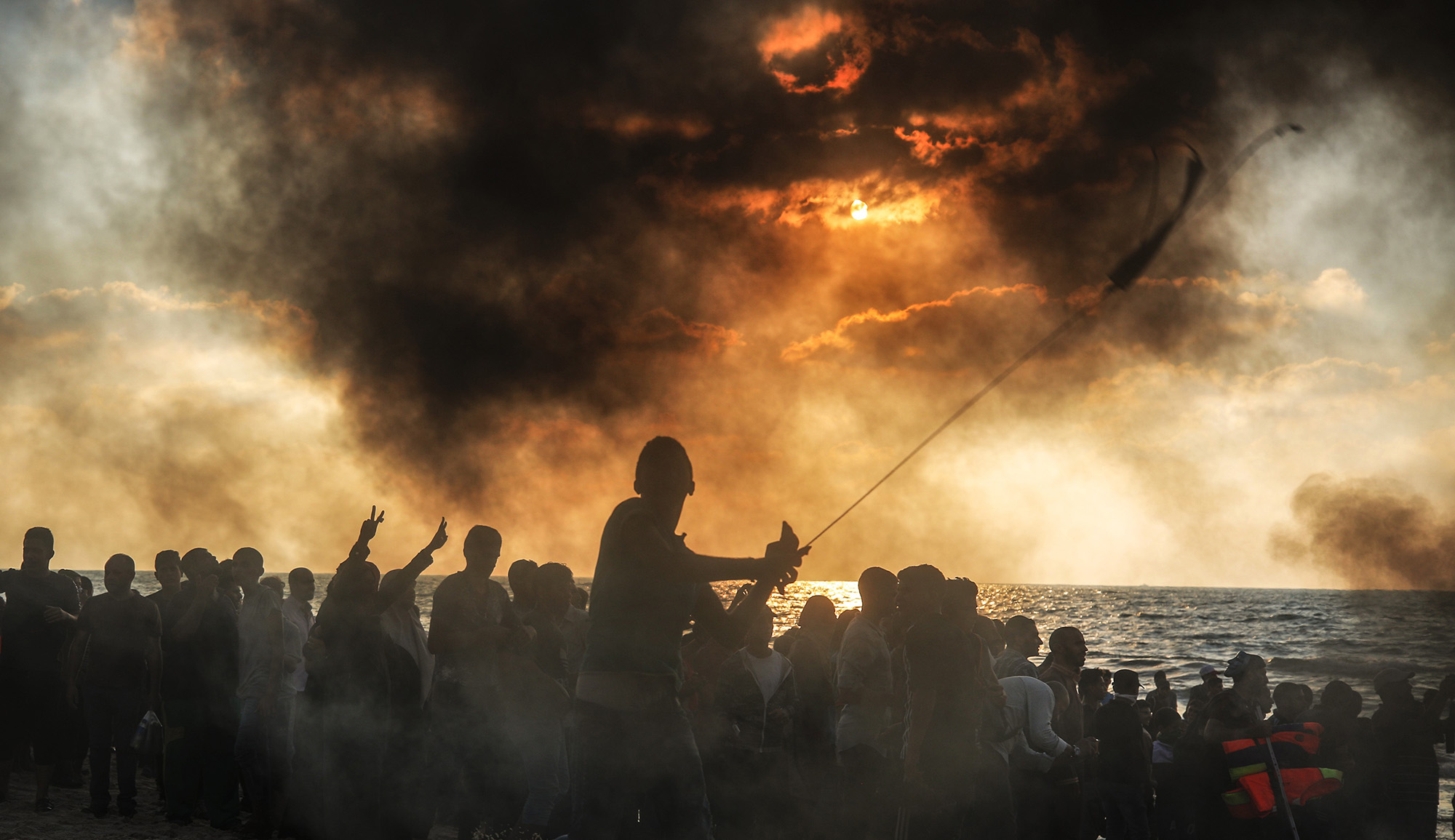Since at least the Middle Ages, Jews have mourned congregations that were slaughtered by their neighbors or expelled from their homes by hostile rulers. But, last November, a different kind of mourning took place as several Jews gathered for the unveiling of a headstone where the remaining ritual items of the last synagogue in the Pennsylvania town of New Castle were buried in accordance with Jewish custom. Alanna Cooper writes:
Jews settled [in New Castle] at the turn of the last century along with a wave of other European immigrants who arrived in western Pennsylvania, drawn by a booming economy. The Jews who came to this part of the state mostly concentrated in Pittsburgh, where some 13,000 settled by 1900; the city’s Jewish population peaked at 55,000 in 1930. Others made their homes in the small towns that radiated out from this urban center.
At their height in the 1950s and 60s, more than 40 small towns—spreading east to the Allegheny Mountains, and west to the Pennsylvania-Ohio border—were home to thriving Jewish communities. Some, like New Castle, grew large enough to support two synagogues, Temple Israel (Reform) and Hadar Israel (traditional). Then, with deindustrialization, came economic decline. Grown children left their hometowns and did not return, leaving aging and dwindling populations behind. New Castle’s Jews responded by merging their two congregations into one. . . . By 2017, [however] the congregation’s members agreed that there were simply not enough of them to continue functioning.
Today fewer than ten small-town synagogues remain open in western Pennsylvania’s rust belt. With so many shutting their doors, Temple Hadar Israel is not alone in facing a glut of sacred items, which the community is scrambling to pass on to others who might carry on the communal legacies. Temple Hadar Israel sold its building in 2015; . . . the congregation divested itself of its movable property, including its eight remaining Torah scrolls. . . . Three went to summer camps, one to a Reform temple in South Carolina, one to a Progressive congregation in Warsaw, one to a Houston synagogue that suffered damage in Hurricane Harvey, and one to a tiny community in Indonesia.
More about: American Jewry, History & Ideas, Jewish cemeteries, Synagogues


